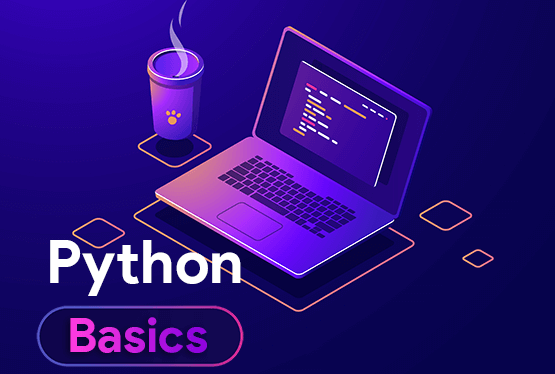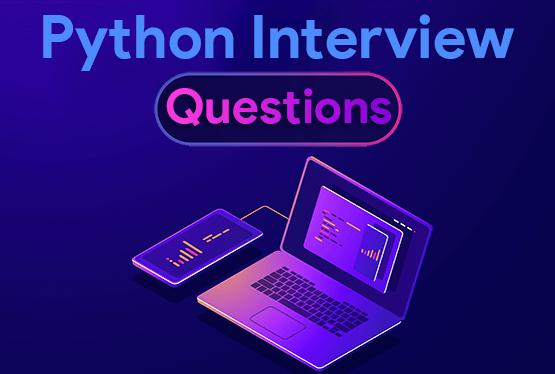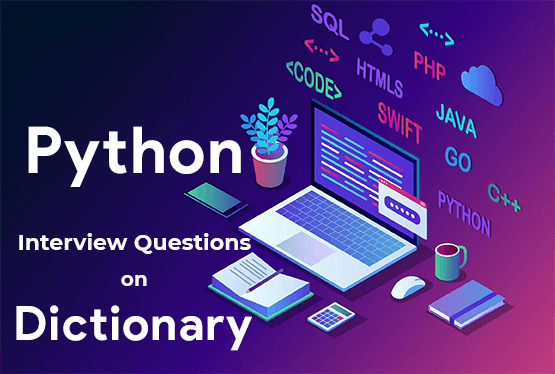| 1. What is the type of the following: 1
A) float B) int C) str Answer: int Explanation: As there is no decimal, the number is of type int |
| 2. What is the type of the following "7.1"
A) float B) int C) str Answer: str Explanation: The type is string |
| 3. What is the result of the following code segment: int(12.3)
A) 12.3 B) 12 C) 13 Answer: 12 Explanation: In Python, if you cast a float to an integer, the conversion truncates towards zero. |
| 4. What is the result of the following code segment: int(True)
A) 1 B) 0 C) error Answer: 1 Explanation: When you cast a boolean True to an integer you get a 1 |
| 5. What do you call a value that doesn’t have decimal values?
A) A number B) An integer C) A string Answer: An integer |
| 6. What do you call a value that does have decimal values?
A) A float B) A number C) An integer Answer: A float |
| 7. What data type can only have either a value of True or False?
A) A string B) A boolean C) An integer Answer: A boolean |
| 8. What code would turn the string “1” into an integer?
A)str(1) B) int("1") C) float("1") Answer: int("1") |
| 9. What character begins a single line comment?
A)''' B) // C) # Answer:# |
| 10. What do we call it when we convert from one data type to another?
A)casting B) converting C) changing Answer:casting |
| 11. What is the datatype of np.nan?
A) int B) float C) str D) None Answer: float |
| 12. Which of the following numbers is NOT a float?
A) 1.5 B) 2.333333 C) 0.0 D) 0 Answer: 0 Explanation:0 on its own is an int. 0.0 however, is a float. |
| 13. What values can the Boolean data type hold?
A) Integers, fractions, complex numbers B) Unicode characters C) True or False values D) Any other data type Answer: True or False values |
| 14. WWhat does it mean that Python is a dynamically-typed language?
A) Variables in python can implicitly change to other types when comparing. For examples you can compare a string "2" and the number 2 using ==. B) Python variables can be assigned to different types and changes types at will. C) Python is a more efficient language than C++ D) All of the above Answer: Python variables can be assigned to different types and changes types at will. Explanation: Dynamic-typing just refers to the ability for variables to flexibly learn their types during assignment. |
|
Which of the following Python objects is immutable?
|
 set set dict dict list list str str |
|
What would be the result of executing the following code?
print(True*2) |
 TrueTrue TrueTrue True True True True 2 2 Syntax Error Syntax Error |
|
After executing the following line of code, what would be the data type of poll_data
poll_data = 7, |
 int int list list tuple tuple dict dict |
|
Which of the following Python's built-in functions returns the type of the object that was passed to it as a single argument?
|
 type( ) type( ) datatype( ) datatype( ) objtype( ) objtype( ) object( ) object( ) |
|
Which of the following statements, when executed, raises the TypeError?
|

dict(range(9)) 
set(range(9)) 
list(range(9)) 
tuple(range(9)) |
|
After executing the following line of code, what would be the data type of obj_data
obj_data = ( )
|
 set set dict dict tuple tuple list list |




